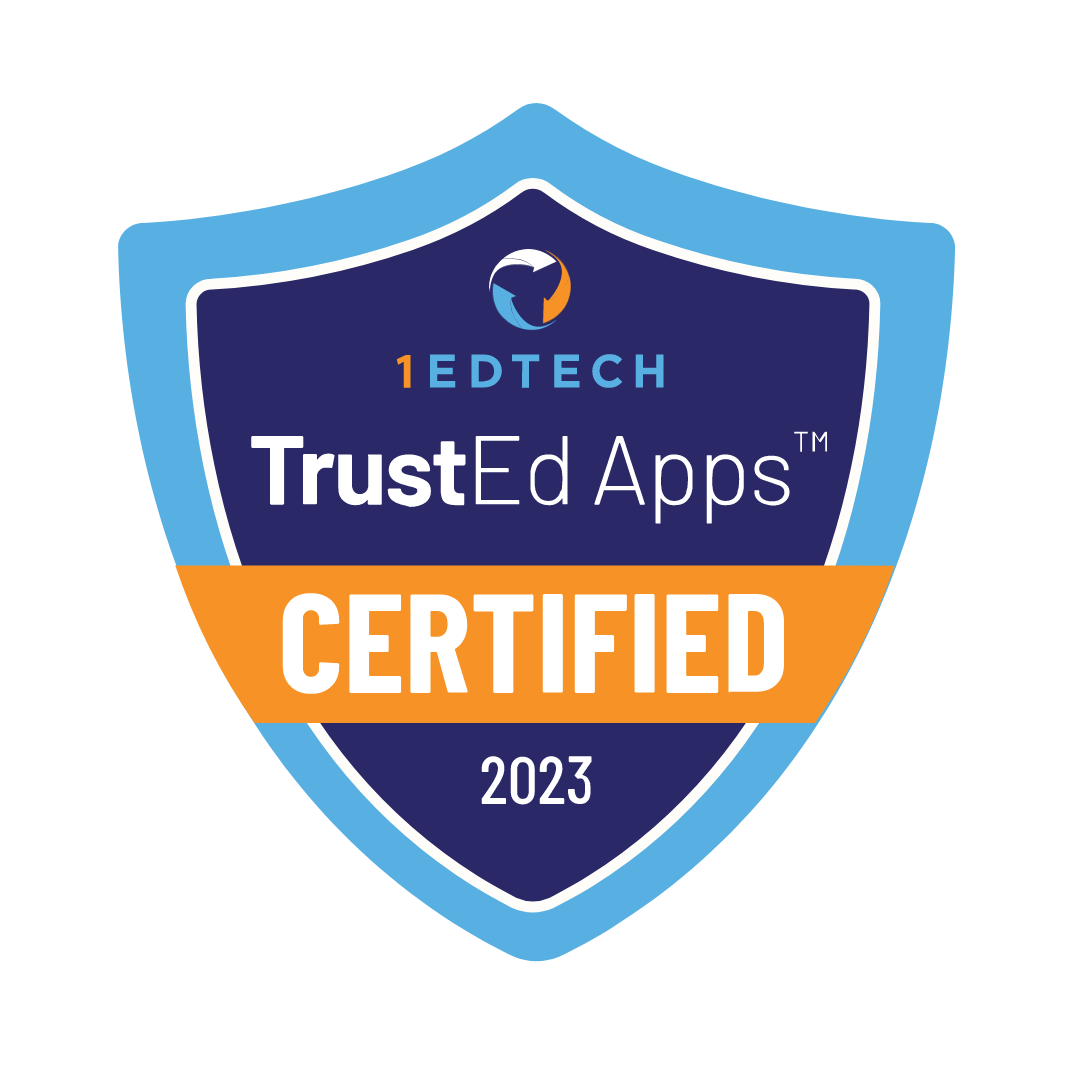Contents
Online education is popular. Families seek flexibility and personalized learning. One of the main reasons families choose online education is its lower cost.

Online homeschooling means children study at home. This type of education is more affordable compared to other options. Students use digital platforms. Parents actively engage in their children’s education. Families follow structured curricula from accredited online schools. Online homeschooling allows changes in scheduling and learning style. This type of education is beneficial when a student prefers to set their own speed of learning. We will explore how much online homeschooling costs to help parents decide if they want to try online homeschooling.
Homeschooling Cost Breakdown
Online homeschooling costs are variable. The prices depend on aspects like the type of curriculum, extra tutoring used, or specific technologies utilized. It remains lower than traditional schooling, despite these variations. The absence of fees for transportation, uniforms, and school facilities contributes to the lower expense. A table below outlines the average annual cost for online homeschooling compared to traditional schooling. This table provides a clearer view of the financial benefits.
| FACTOR | TRADITIONAL SCHOOL COST (PER YEAR, $) | ONLINE SCHOOL COST (PER YEAR, $) |
|---|---|---|
| Tuition fees | 8,000 – 30,000 | 3,000 – 5,000 |
| School uniform | 100 – 250 | 0 |
| Transportation | 400 – 800 | 0 |
| Technological equipment | 0 | 500 – 1,500 |
| Extracurricular activities | 500 – 1,000 | 300 – 800 |
| School trips | 100 – 300 | 0 |
| School events | 100 – 300 | 0 |
| Administrative fees | 100 – 200 | 0 |
| Meals | 1,000 – 1,500 | 0 |
| Others | Varies | Varies |
Tuition Fees
Tuition fees refer to the primary cost of education, covering the curriculum and teaching services. These fees include access to a digital curriculum, live classes, and additional resources in online homeschooling. Tuition fees cover in-person instruction and access to school facilities in traditional schools.

School Uniform
School uniform costs are expenses for clothing students wear to school. Students in online homeschooling skip uniform requirements. Learners in traditional schools, especially private ones, follow mandatory uniform policies.
Transportation
Transportation costs include expenses for getting students to and from school. Students in online homeschooling have no transportation costs. Families with learners in traditional schools cover commuting expenses, whether for public transport, a school bus, or a personal vehicle.
Technological Equipment
Technological equipment refers to the devices and software required for learning. Families in online homeschooling invest in devices like laptops, tablets, and software licenses. Learners receive the necessary technology from the school for classroom use in traditional schools.
Extracurricular Activities
Extracurricular activities involve programs like sports, music, or clubs outside regular academic classes. Families in online homeschooling often organize these activities independently. Learners in traditional schools participate in extracurricular activities as part of the school experience, additional fees apply.
School Trips
School trips are educational outings organized by the school to support learning outside the classroom. Students in online homeschooling rarely organize trips since these are not usually part of their program. Learners in traditional schools go on field trips to places like museums or parks, and families pay for transportation and entrance fees.
School Events
School events are activities like concerts, sports games, celebrations, and school fairs bringing the school community together. Students in online homeschooling don’t participate in such events since they are not part of the program. Learners in traditional schools regularly take part in these events, and families contribute to the costs for things like tickets, refreshments, or uniforms.
Administrative Fees
Administrative fees are costs related to registration, paperwork, and school management tasks like maintaining student records. Families in online homeschooling face minimal or no administrative fees. Most processes are handled digitally by the parents or the platform. Learners in traditional schools are required to pay these fees. They cover services such as student registration, record keeping, and processing paperwork throughout the year.
Meals
Meal costs cover the daily expenses for school lunches. Families in online homeschooling prepare meals at home, so they don’t have additional costs for school-provided food. Families in traditional schools pay extra for meal plans, where learners receive daily lunches from the school cafeteria.
Others
Other costs refer to additional expenses not fitting into the standard categories of education. Families in online homeschooling face expenses for learning materials, optional exams, tutoring, or specialized educational programs to enhance the learning experience. Families in traditional schools pay for textbooks, exam fees, extra course materials, and sometimes additional tutoring services or participation in special academic programs.
Is Online Homeschooling More Expensive Than Traditional School?
“Secondary school tuition fees have almost tripled, growing faster than electricity prices, property rates and water bills, while the cost of attending preschool, primary school and university has more than doubled”
Madeleine Heffernan, The Sydney Morning Herald

Online homeschooling is less expensive than traditional schooling. Traditional schooling costs $10,000 to $50,000 per year in the United States of America. This includes tuition, transportation, uniforms, and other related expenses. Online homeschooling ranges from $3,000 to $5,000 annually. The difference comes from not needing to pay for commuting, school uniforms, or meal plans.
Families choosing online homeschooling invest in technology and learning resources. These costs are more flexible. Traditional schools add fees for school trips, events, and extracurricular activities. These extra costs make traditional schooling more expensive. Online homeschooling allows families to adjust their spending based on their needs and resources.
Learn more about Legacy Online School’s prices here.
5 Tips on How to Save Money
|
Parents, Take Note
The report “Average Cost of Private School” by Melanie Hanson shows the following:
|
Education is expensive, whether parents choose traditional schooling or online homeschooling. There are some ways for parents to cut the costs without compromising their child’s educational experience.
Legacy Online School offers the Step Up For Students program. This program provides scholarships to low and middle-income families, as well as students with special needs in Florida. These scholarships cover the cost of tuition, books, and other educational expenses, making online education through Legacy Online School more affordable.
Here are five additional tips to help families save on education expenses.
Take Advantage of Government Programs

Government programs provide financial relief for education costs. The 529 Savings Plan offers tax-free withdrawals for qualified education expenses, which families use for K-12 tuition. Another program, the Coverdell Education Savings Account (ESA), allows parents to save for both K-12 and post-secondary education. This program covers expenses such as private schooling, online programs, or homeschooling materials. These programs reduce the burden of tuition and educational materials.
Use Free or Low-Cost Learning Resources
Many high-quality learning platforms offer free or low-cost materials. Khan Academy provides free lessons in math, science, and other subjects for students of all ages. The Open Educational Resources (OER) initiative gives free access to a variety of textbooks and academic resources. Libraries are excellent for accessing learning materials without any cost.
Buy Used or Digital Textbooks
Parents save hundreds of dollars every year by purchasing used textbooks or their digital copies. It relieves much of the financial pressure in terms of educational materials.
Students receive the resources they need to succeed. Websites like AbeBooks and ThriftBooks offer second-hand textbooks at reduced prices. Platforms like VitalSource provide budget options for digital versions. These books often have interactive features. Open-source curricula such as CK-12 provide free digital resources to replace expensive physical books.
Parents join homeschooling communities or small schools. Families share resources to reduce costs there. Homeschooling co-ops collectively purchase curriculum materials, spreading the cost among several families. Parents join the Parent-Teacher Association (PTA) or parent groups to organize bulk purchases of school supplies. Families arrange second-hand uniform swaps. This helps bring down overall costs.
Take Advantage of Group Discounts or Family Plans
Online learning platforms give family plans with one subscription price for multiple users. Duolingo Plus provides a plan for up to six members to access premium language-learning features at a lower cost. ABCmouse have family subscription packages, making early learning resources more affordable for households with multiple children. Some private schools give discounts for families with more than one child enrolled.
Conclusion
Online homeschooling is a more affordable option compared to traditional schooling. Families save on costs like transportation, uniforms, and meal plans. Parents make it even more affordable by carefully choosing resources and taking advantage of government programs. We have reviewed steps to help parents reduce education expenses without compromising quality.











